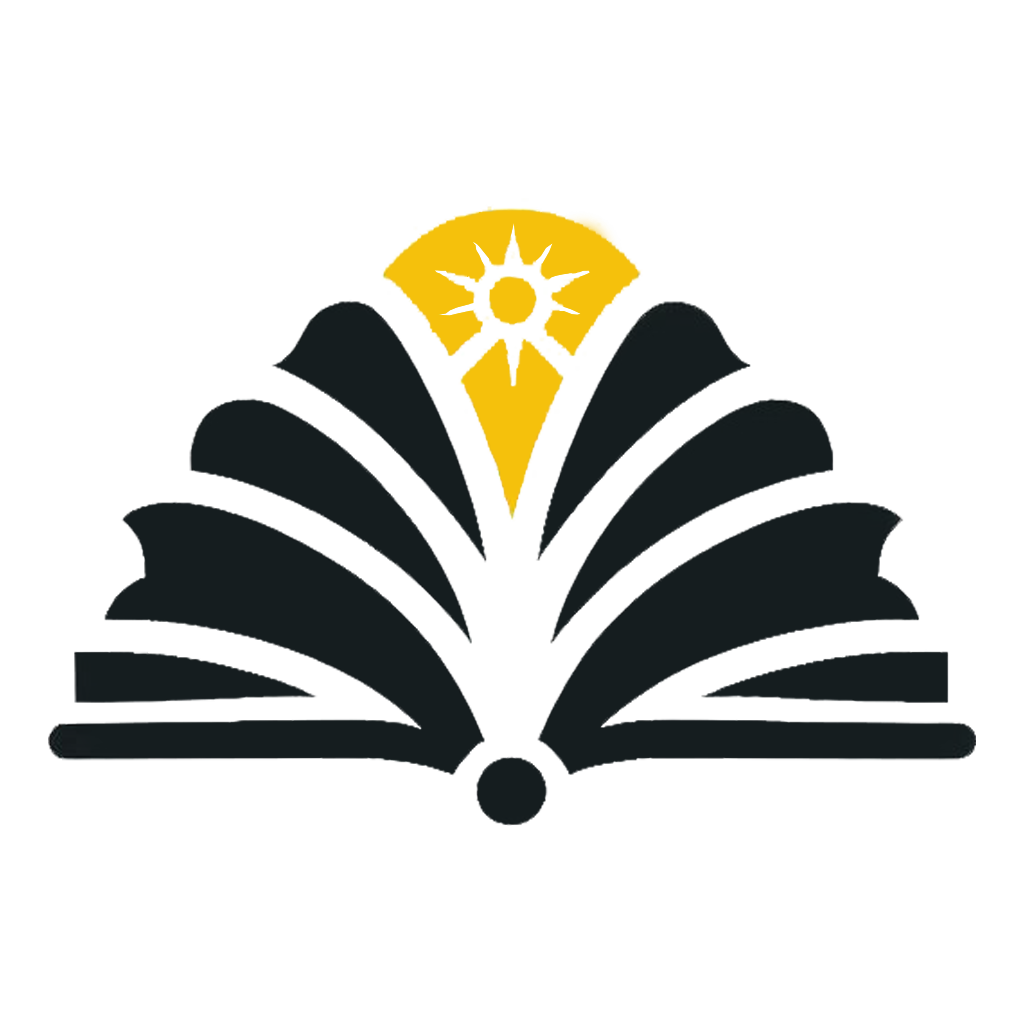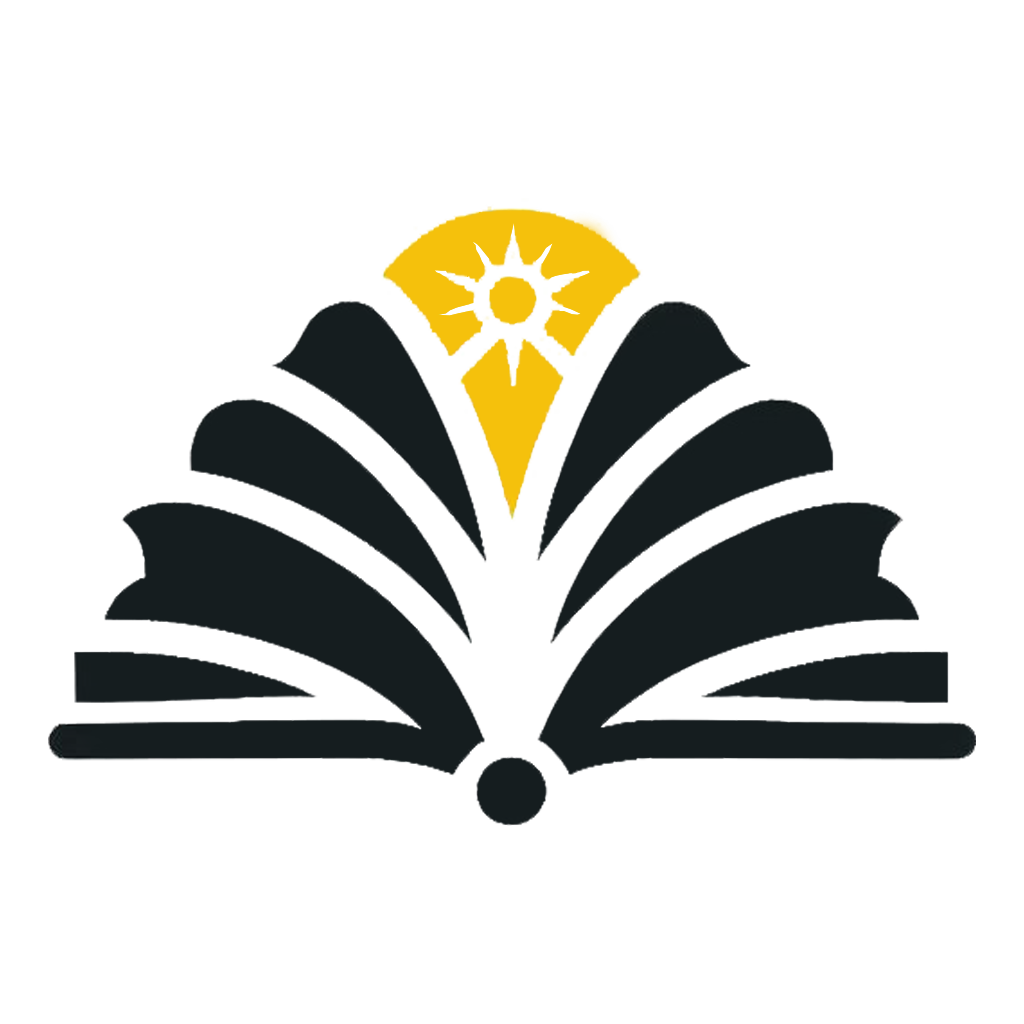The Autonomous Administration of North and East Syria (AANES)
Rojava, officially known as the Autonomous Administration of North and East Syria (AANES), is a de facto autonomous region in northeastern Syria. It emerged in the context of the Syrian Civil War and has become a unique experiment in democratic confederalism and grassroots democracy.
Key Facts about Rojava
- Established: 2012 (de facto autonomy)
- Capital: Qamishli (de facto)
- Largest city: Raqqa
- Official languages: Kurdish, Arabic, Syriac-Aramaic
- Government: Democratic confederalism
- Main political party: Democratic Union Party (PYD)
Map of Rojava
Historical Context
The emergence of Rojava as an autonomous region is deeply intertwined with the Syrian Civil War and the long-standing Kurdish struggle for recognition and self-governance.
2011
2012
Syrian government forces withdraw from Kurdish areas. PYD establishes control over several Kurdish-majority areas.
2014
Rojava's cantons declare autonomy. ISIS siege of Kobani begins, drawing international attention to Kurdish resistance.
2015
Formation of the Syrian Democratic Forces (SDF), an alliance led by Kurdish YPG/YPJ with Arab and other ethnic groups.
2016-2019
SDF, with US support, leads successful campaigns against ISIS, including the liberation of Raqqa.
2019
Turkish military operation in northern Syria. US forces withdraw from border areas.
2020-Present
Rojava continues to function as a de facto autonomous region, facing challenges from multiple sides.
Political System
Rojava's political system is based on the principles of democratic confederalism, as developed by Abdullah Öcalan. Key features include:
- Direct democracy and local autonomy
- Gender equality (co-presidency system)
- Multicultural and multi-ethnic representation
- Ecological sustainability
- Cooperative economy
Governance Structure
The governance structure of Rojava is organized as follows:
- Commune: The basic unit of self-governance, typically encompassing a village or urban neighborhood.
- District: A collection of communes.
- Canton: Larger administrative units.
- Region: The highest level of the federation.
Major Political Actors
- Democratic Union Party (PYD): The dominant political party in Rojava.
- Syrian Democratic Council (SDC): The political wing of the SDF.
- People's Protection Units (YPG) and Women's Protection Units (YPJ): The main military forces.
- Syrian Democratic Forces (SDF): A multi-ethnic alliance led by the YPG/YPJ.
Challenges and Controversies
Rojava faces several challenges to its autonomy and political model:
- Turkish opposition and military operations
- Complex relationships with the Syrian government and opposition groups
- International recognition and support
- Economic challenges and embargo
- Balancing Kurdish aspirations with multi-ethnic governance
- Accusations of human rights violations and forced displacement
International Relations
Rojava's international relations are complex and evolving:
- United States: Provided military support against ISIS, but relations are uncertain.
- Russia: Has played a mediating role between Rojava and the Syrian government.
- European Union: Limited engagement, some humanitarian support.
- Turkey: Views Rojava as a security threat due to links with the PKK.
- Syrian Government: Tacit cooperation in some areas, but opposes full autonomy.
Economic Model
Rojava has implemented a unique economic model based on:
- Cooperative ownership of major industries
- Emphasis on ecological sustainability
- Local self-sufficiency
- Challenges include embargo and limited access to international markets



